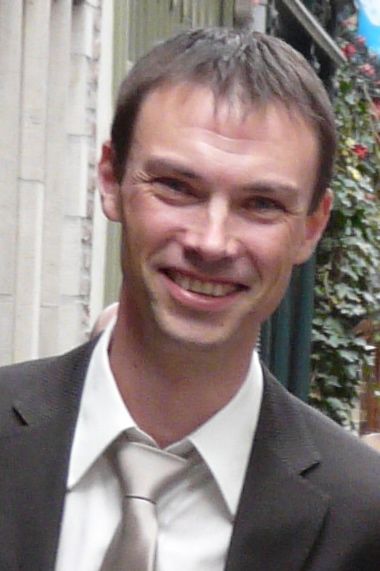
Abstract
In this talk, I will summarize our recent efforts on enhancing the iSIPP25G silicon photonics platform developed at imec/Ghent University through introducing new optically active materials. Our focus is on realizing lasers and power efficient modulators. Main topics I will discuss include:
(1) InP-nanowire lasers epitaxially grown on exact [001] silicon wafers using aspect ratio trapping (ART)
(2) Hybrid silicon III-V lasers realized using a BCB-based wafer bonding process
(3) Integration of colloidal quantum dots (PbX, CdX, HgTe) with high index contrast waveguides in SiN and Silicon
(4) Preferentially oriented PZT and BTO thin films deposited on silicon with thin and optically transparent intermediate buffer layers
Biography
Dries Van Thourhout is a professor at Ghent University and associated with imec, Europe's largest research centre in nanoelectronics. He obtained his PhD degree in applied physics from Ghent University, Belgium in 2000. From Oct. 2000 to Sep. 2002 he was with Lucent Technologies, Bell Laboratories, New Jersey, USA, working on the design, processing and characterization of InP/InGaAsP monolithically integrated devices. In Oct. 2002 he joined the Department of Information Technology (INTEC), Ghent University, Belgium. Since 2008 he has a position as full time research professor in the Photonics Research Group.
His research focuses on the design, fabrication and characterization of integrated photonic devices. Main topics involve Silicon nanophotonic devices and the heterogeneous integration of InP and other novel materials (graphene, colloidal quantum dots, ferro-electrics, GeSn, …) on silicon. He holds multiple patents, has authored and coauthored over 170 journal papers and has presented invited papers at major conferences. He is member of IEEE LEOS. He holds a prestigious ERC starting grant, focusing on ultra-low power devices for optical interconnect and in 2012 received the Medal of Belgian Academy of Sciences 2012. He was involved in the startup of spin-off company CALIOPA that emerged from the Photonics Research Group and was acquired by Huawei in 2013. Dries will spend this summer in Prof. Bowers’ group.